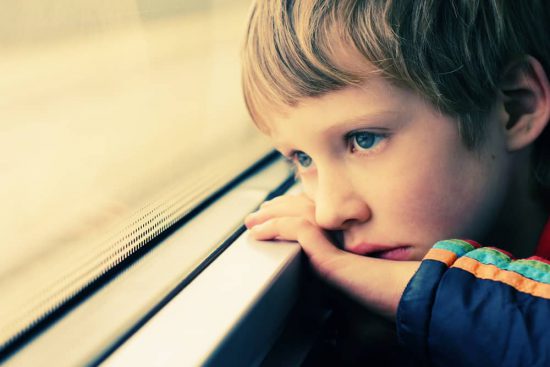Autism (ASD): Some think that one in every 44 children has some form of it. That would be something like one child per every school bus. Does this tell us that autism is on the rise?
Experts are divided on the subject. Some say we’re getting better at diagnosing the condition. We have better tests and tools. That means more cases are diagnosed each year. It probably also means that some kids with ASD went undiagnosed in the past.
Autism Awareness
Whether or not autism is on the rise, autism awareness certainly is. Still, many people have no idea what autism really is, or what it feels like. That’s why this simulation of sensory overload, an issue common in those with autism, is so great. Watching the simulation helps us understand what we’re seeing when we come across a mom in the supermarket whose child with autism is having a meltdown.
Now, it may not be a child experiencing that meltdown, which may make it even more difficult for others to understand. Watching an adult with autism have meltdown can be frightening to watch. It’s good to remember that it’s even more frightening for the person experiencing that sensory overload—the person with autism.
Sensory Overload
Sensory overload makes it hard for those with autism to visit busy, loud public spaces, such as a music festival or a crowded mall. When the senses of those with autism are engaged at maximum level, the brain goes into overdrive triggering the fight or flight response. This results in one of either two responses: complete withdrawal as the brain shuts down completely, or an explosive tantrum.
This simulation of sensory overload is meant to be thought-provoking. It helps us begin to understand what it is like to live with someone who has autism. More to the point, we catch a glimpse of what it is like to actually HAVE autism. We encourage you to use the simulation here as a jumping-off point to begin a conversation about ASD.
